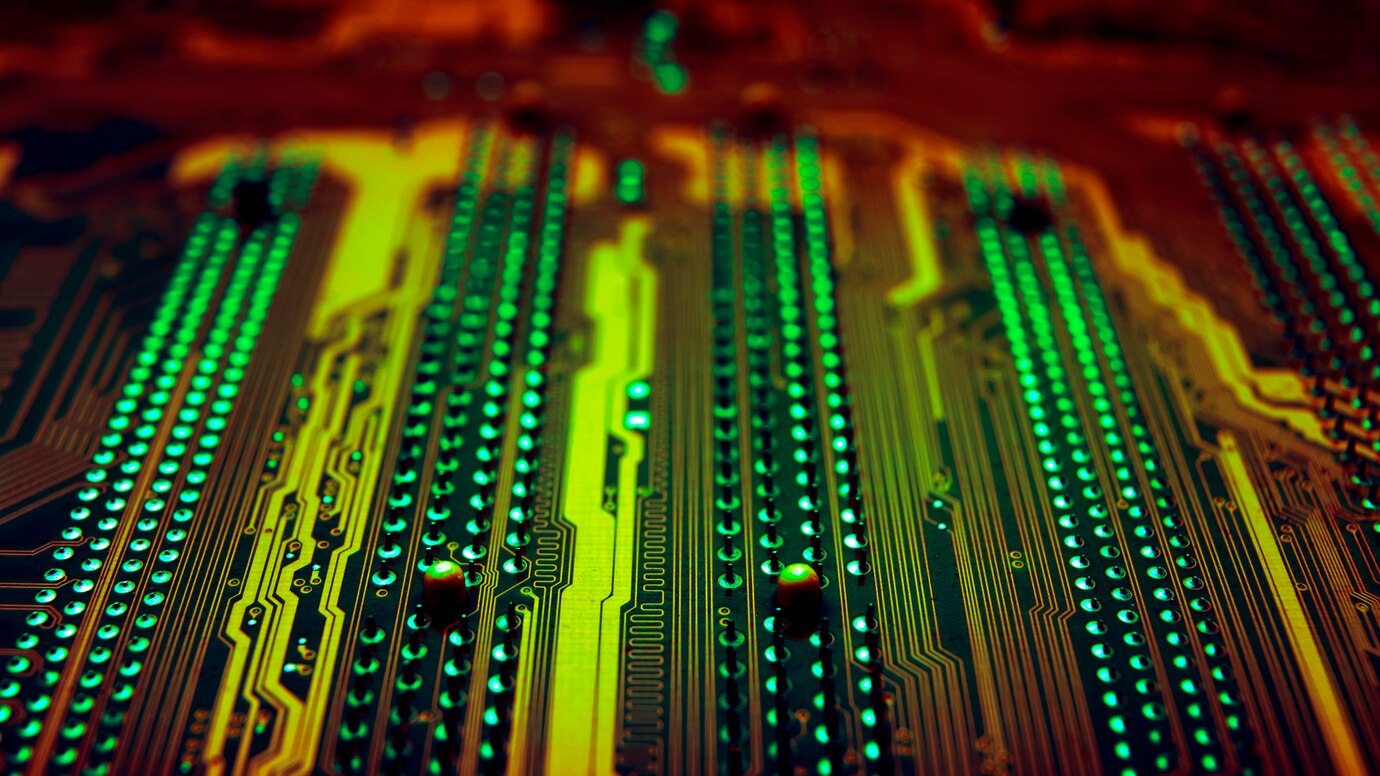
Finding better and quicker ways to analyze data is an ongoing pursuit in the dynamic world of technology. Photonic computing, a game-changing method that uses light instead of conventional electrical circuits to do calculations, is one such discovery that shows tremendous potential. Using this state-of-the-art technology, we may be able to process data at rates never before seen, all while avoiding the pitfalls of traditional computing.
Photonics: A Simple Introduction
Photonics is the study of using light's basic particles, or photons, for a variety of purposes; photonic computing is based on these concepts. When processing data, conventional computers use electronic circuits and the manipulation of electrical impulses. Photonic computing, on the other hand, makes use of light signals to accomplish the same goals, enhancing computational capabilities by using the unique features of photons.
Photonic Computing's Primary Benefits
The lightning-fast processing times offered by photonic computers are one of its most distinctive characteristics. Compared to the electrons used in conventional computing, the speed of light—a photon—is enormously superior. Jobs requiring rapid and complicated calculations are benefitted by this speed advantage, which results in quicker data transmission and processing times.
Saving Power: Compared to electrical computing, photonic computing uses far less power. While functioning, electronic circuits produce heat, which results in energy loss and necessitates the use of supplementary cooling systems. Because they don't generate a lot of heat, photonic devices are better for the environment because they use less power and don't need complex cooling systems.
The ability to do several calculations in parallel is one area where photonic computing really shines. In contrast to electrical circuits, photonic devices are capable of handling several calculations at once, regardless of the amount of parallelism. Jobs requiring complicated algorithms and large datasets benefit greatly from this feature.
Photonic computing systems are able to handle large amounts of data quickly and efficiently because light signals may transport several bits of data at once. This makes them ideal for use in telecommunications networks and data centers, which need quick and efficient communication.
Obstacles and Advancements
Photonic computing has enormous promise, but there are a number of obstacles that must be overcome before it can be widely used. Researchers are attempting to overcome a number of obstacles, including the development of affordable and scalable photonic components, the integration of these components with current technologies, and the creation of practical applications. The creation of stronger and more economically feasible photonic devices is underway, thanks to improvements in manufacturing processes and materials.
Potential Uses for Photonic Computers
Accelerating algorithms for artificial intelligence and machine learning is a perfect fit for photonic computing due to its speed and efficiency. The parallel processing capabilities of photonic devices might greatly enhance tasks like image recognition, natural language processing, and sophisticated simulations.
Photonic computing is well-suited to enhancing the performance of communication networks due to its high bandwidth and low energy usage. Photonic computing could revolutionize our means of connection and communication via increased data transfer efficiency and higher internet speeds.
The field of quantum computing has several points of contact with photonic computing. The potential of quantum photonic devices to process and manipulate quantum information has sparked fresh investigations into the field of quantum computing.
In summary
When it comes to processing data, photonic computing is a giant leap forward. Widespread applications that reimagine the efficiency, speed, and capacities of computing systems are on the horizon as researchers work to overcome obstacles and improve the technology. Photonic computing heralds a better, quicker, and more efficient digital future by powering AI and improving communication networks.
